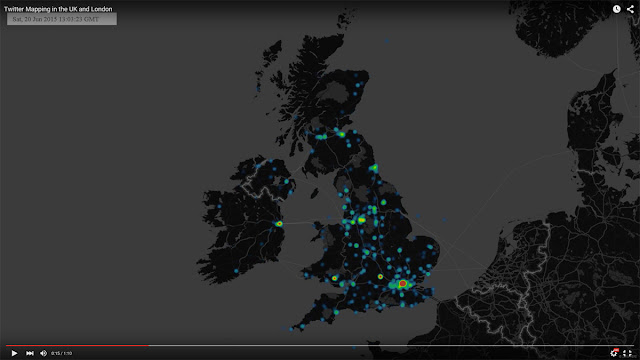Eye on Earth (Day 2 – Afternoon) – Cost of knowledge, citizen science & visualisation
The first afternoon session was dedicated to Understanding the Costs of Knowledge – Cost of Data Generation and Maintenance (my second day morning post is here) The session was moderated by Thomas Brooks (IUCN) – over the last couple of days we heard about innovation in mobilisation of environmental and socio-economic data. All these innovations have … Continue reading Eye on Earth (Day 2 – Afternoon) – Cost of knowledge, citizen science & visualisation![]()




























